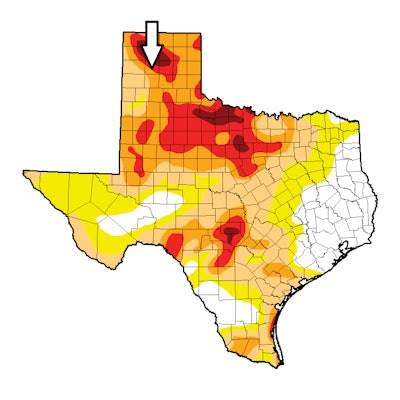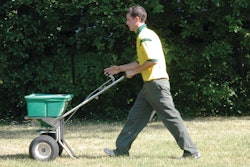
This summer’s nasty drought is forcing some municipalities into updating regulations concerning landscaping and landscape management. You can add Amarillo, TX, to that growing list.
The city is now allowing new businesses to have landscapes with up to 50% non-living materials like hardscapes and synthetic turf. A previous ordinance required 100% of a landscape to containing living materials like plants and grass.
The ordinance (see original story at newschannel10.com) applies to new businesses coming into Amarillo, along with existing businesses looking to remodel.
Why the new law? This summer’s drought in the Southwest has taken its toll. With the ultimate goal of conserving water resources, cities like Amarillo are looking for ways to limit outdoor water use, which includes landscape irrigation. Ordinances like this are one way to do that.
Leaving it to property owners. Several years ago, the landscaping and irrigation industries celebrated a decision by the EPA to remove turfgrass limitations from its WaterSense program’s landscape specifications for new homes; EPA was going to limit new-home landscapes to 40% turfgrass. This, too, was designed to limit outdoor water use.
But now, with the EPA backing off of that mandate, some municipalities seem to be taking a slightly different approach to limiting outdoor water use. Rules such as this one in Amarillo, or the one in California stating that cities and homeowner associations cannot fine members when they stop watering their lawns during a drought, do not tell property owners that they have to stop watering their lawns. Rather, they give them the option to stop watering by removing ordinances and potential penalties that previously forced them to continue watering.
The thought is that some—perhaps many—property owners would rather trade in grass and trees for paver patios, rock beds and native plants—and more importantly, a lower water bill. Now we’ll see how consumers react.




















